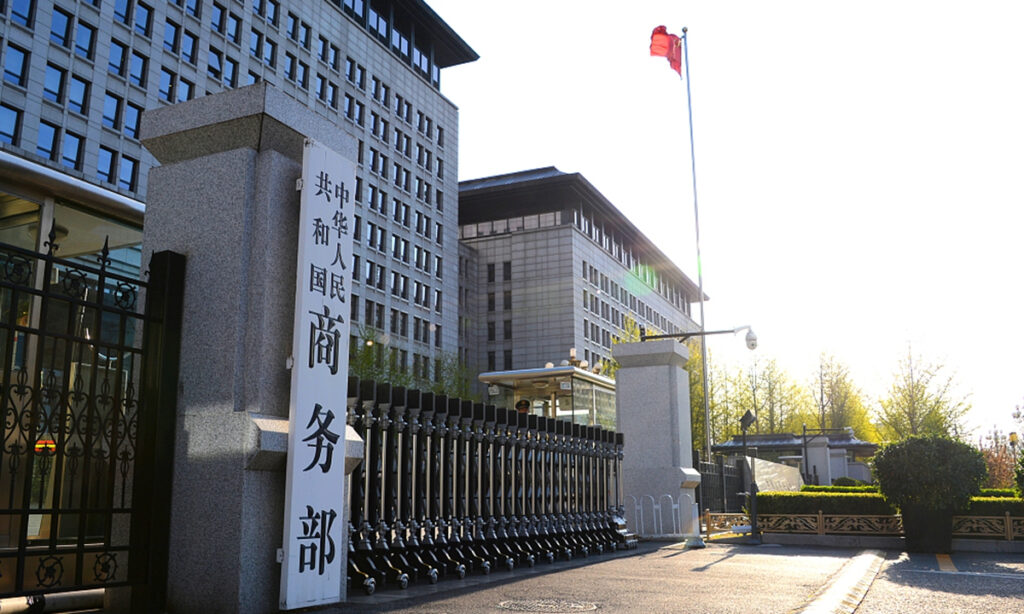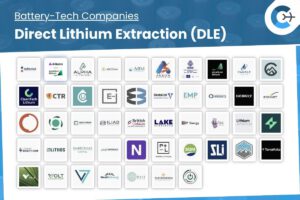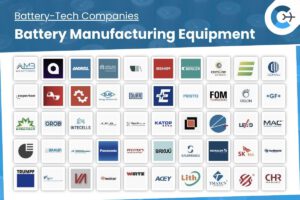China’s Ministry of Commerce and the General Administration of Customs have jointly announced new export controls on specific lithium battery and graphite anode material products, effective November 8, 2025. The measures, authorized under the Export Control Law, Foreign Trade Law, Customs Law and related dual-use regulations, are intended to safeguard national security, protect domestic interests and meet international non-proliferation obligations.
Under the new rules, rechargeable lithium-ion batteries—including cells and battery packs—with an energy density of 300 Wh/kg or higher are subject to export licensing. Certain specialized manufacturing equipment and related production technologies for these high-energy batteries will also require permits.
Controls on cathode materials cover lithium iron phosphate (LFP) powders with a tap density of at least 2.5 g/cm³ and specific capacity of 156 mAh/g or higher. Precursors for ternary cathode materials such as nickel-cobalt-manganese hydroxide and nickel-cobalt-aluminum hydroxide, as well as lithium-rich manganese-based cathode compounds, are included. Equipment used in cathode production—roller kilns, high-speed mixers, sand mills and air-jet pulverizers—will also fall under the licensing requirements.
Graphite anode materials subject to controls include artificial graphite and blends of artificial and natural graphite. Production equipment such as vertical and continuous granulation reactors with volumes of 5 m³ or more, box furnaces, Acheson furnaces, internal series furnaces, continuous graphitization furnaces, and certain coating and modification systems will require export authorization. Associated technologies for granulation, continuous graphitization and liquid-phase coating processes are likewise regulated.
Exporters must apply to the Ministry of Commerce for permits and ensure accurate customs declarations. Controlled items must be labeled “dual-use item” with the appropriate export control code. Items with parameters close to controlled specifications but not covered by the rules should be declared as “not a controlled item,” with detailed performance data provided. Customs authorities will review declarations and may withhold goods during verification periods.
Source: Global Times
















